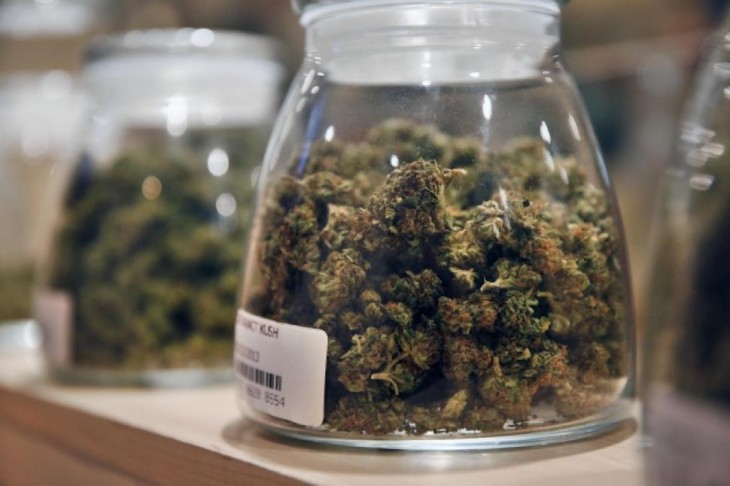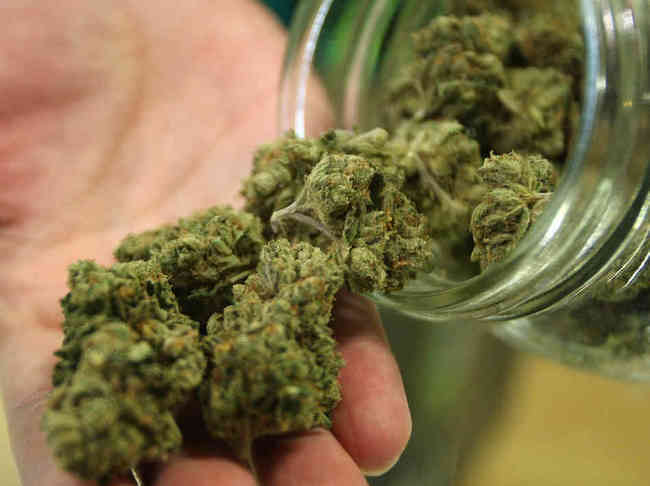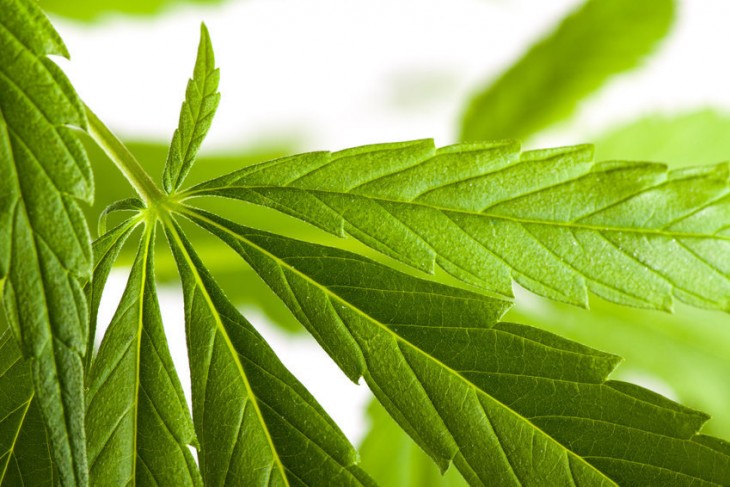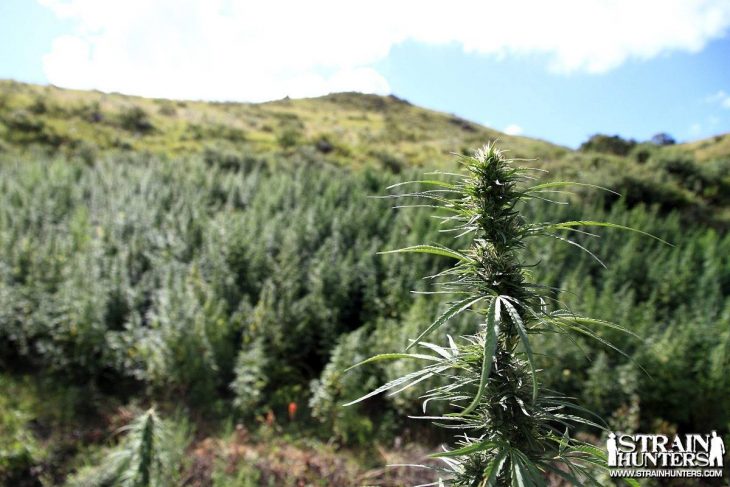Cannabidiol or CBD and THC are two of the most abundant chemical compounds in cannabis. While THC is known for its psychoactive effects, CBD does not have intoxicant properties. CBD binds to receptors in the human endocannabinoid system and is thought to have strong anti-anxiety and anti-inflammatory properties. Because of its medical benefits and the availability of information on cannabis cultivation, growers and patients are trying to grow high-CBD strains. This post will walk you through the differences between cultivating high-CBD and high-THC cannabis:
Hemp and Cannabis
Hemp differs from cannabis in its THC content. Two cannabis strains can look alike; however, if one has more than 0.3% of THC, it would be considered marijuana, not hemp. Cannabis plants and their derivatives are industrial hemp, whether they are used for fiber, seed, or other purposes.
Growing Cannabis with High CBD and High THC
No matter which strain you are growing, you cannot force the plant to produce CBD in excess of its genetic limit. During the reproductive process, cannabis grown from seeds may have a range of phenotypes. Thus, offspring from one plant may have different features. If you want to grow cannabis with high CBD from a seed strain with elevated CBD content, you won’t have a 100% success rate.
To make sure your product is aligned with your goals when growing high-CBD plants from seed, have your seed tested in a laboratory. Experts recommend doing the test 3-4 weeks after the seeds sprout. This step can separate high-CBD plants from high-THC plants.
High-CBD and High-THC Strains: Impacts of the Cultivation Process
While it is not possible to force cannabis plants to produce more cannabidiol than what their genetics allow, they can be encouraged to produce as much as possible. Some growing conditions are associated with high-CBD and high-THC plants. If you choose seeds that have desirable genetics, you can plant them around 5 cm down into warm soil.
The cannabis’ CBD content may be affected by the growing environment. For example, outdoor cannabis plants exposed to significant amounts of precipitation may have lower CBD content. But, indoor-grown plants must be kept in a room with a temperature of between 68 degrees to 70 degrees F. To make sure the plant will have more CBD than THC, the plant must be watered carefully. Some of the high-CBD strains that can be grown indoor include CBD Blue Shark, CBD Kush, and CBD Critical Cure.









